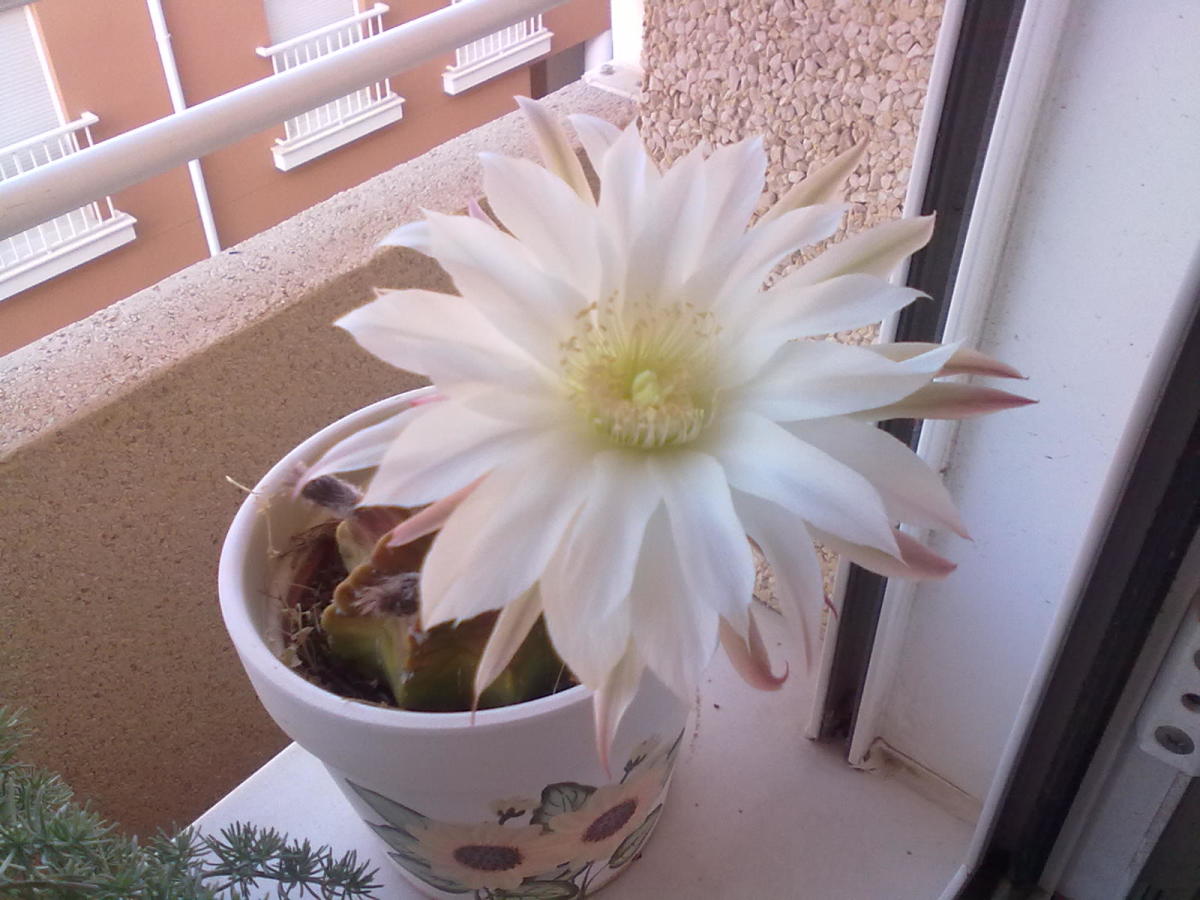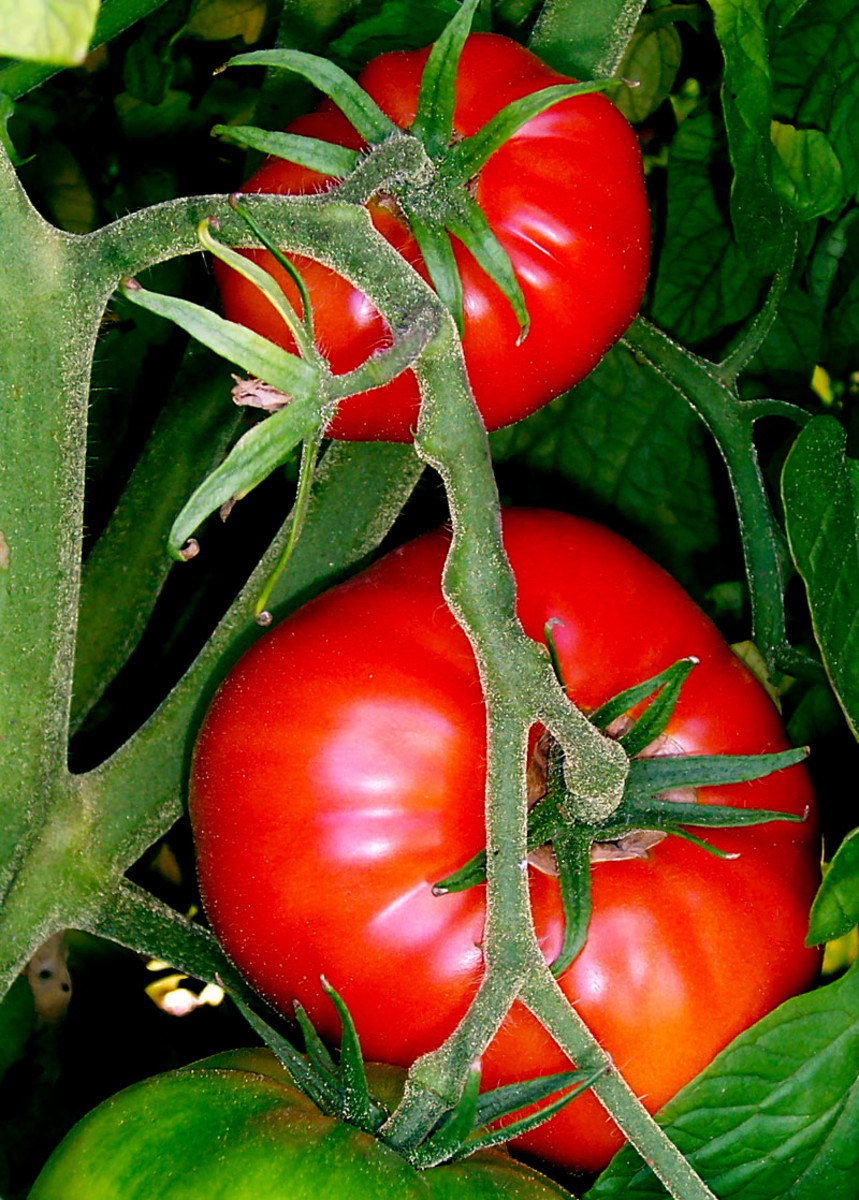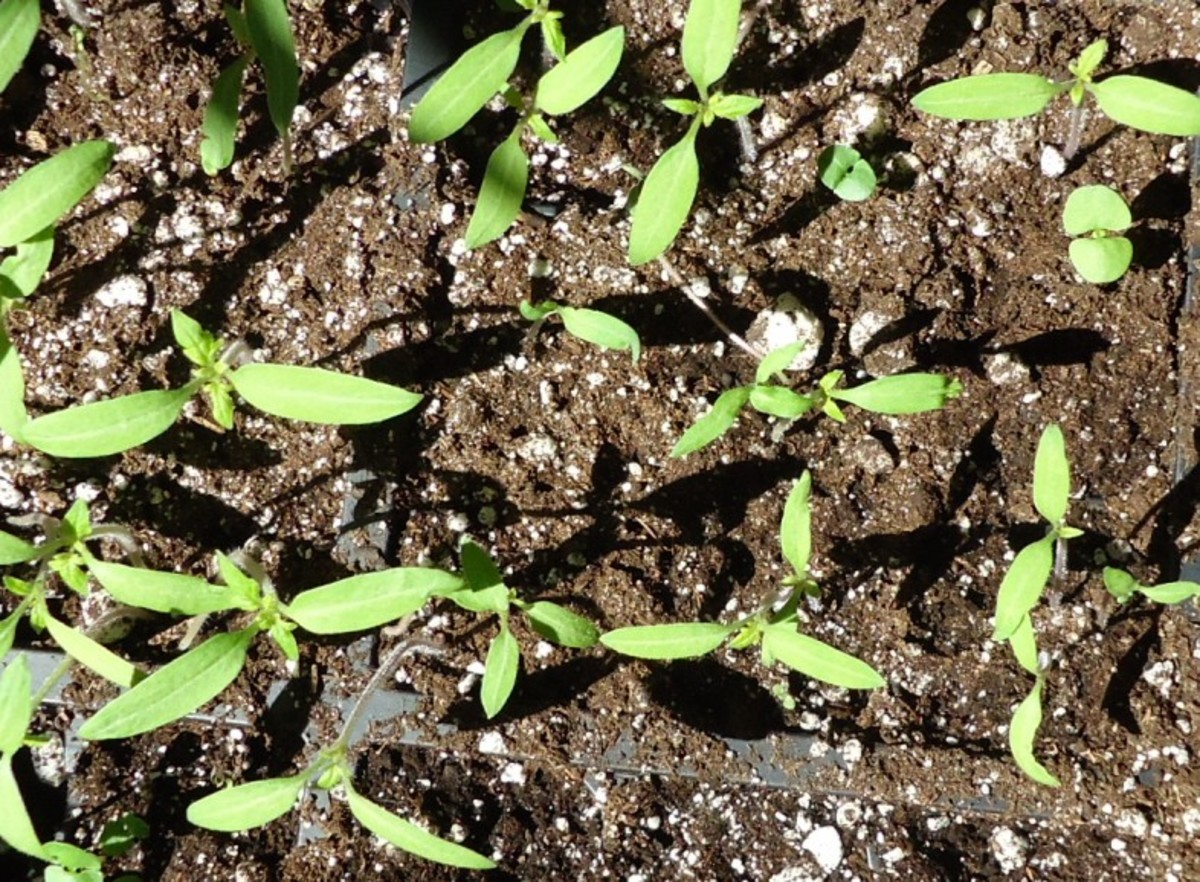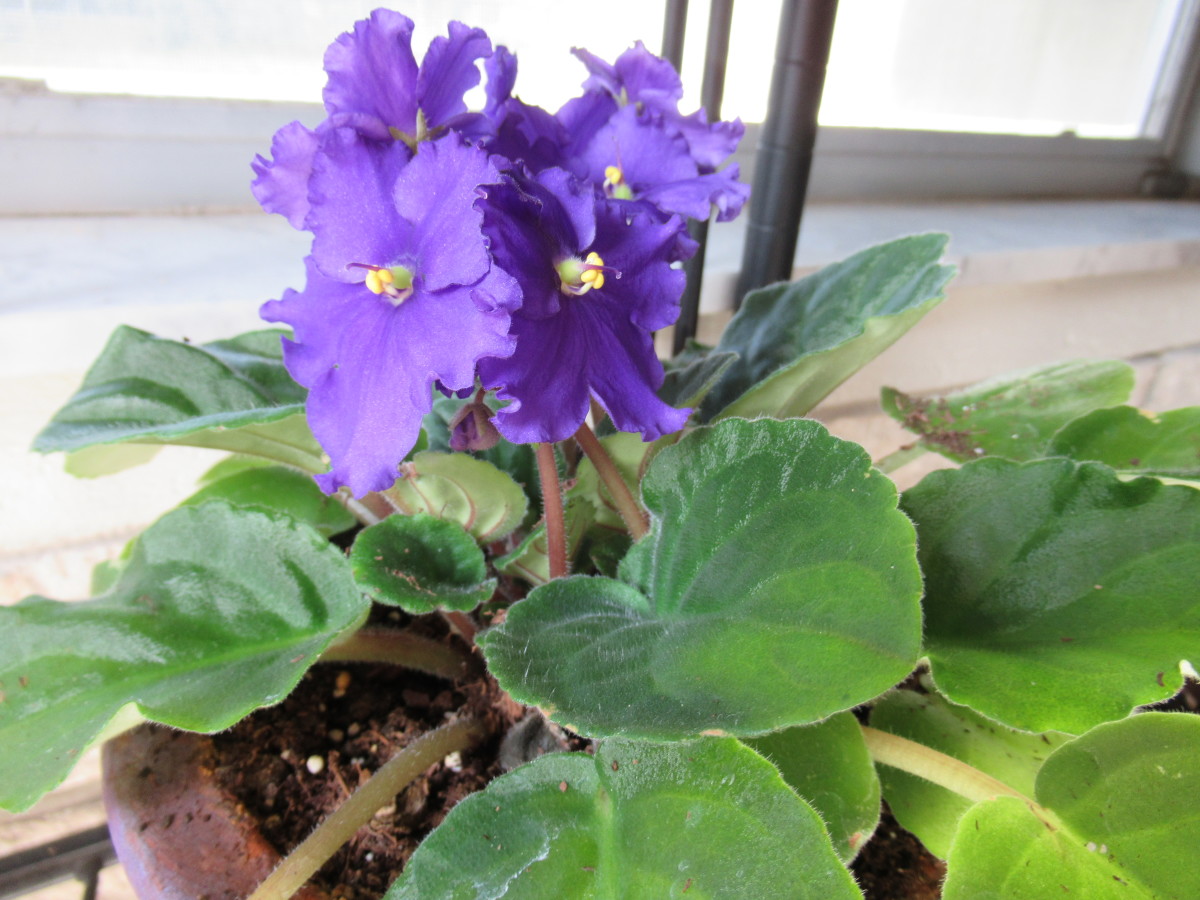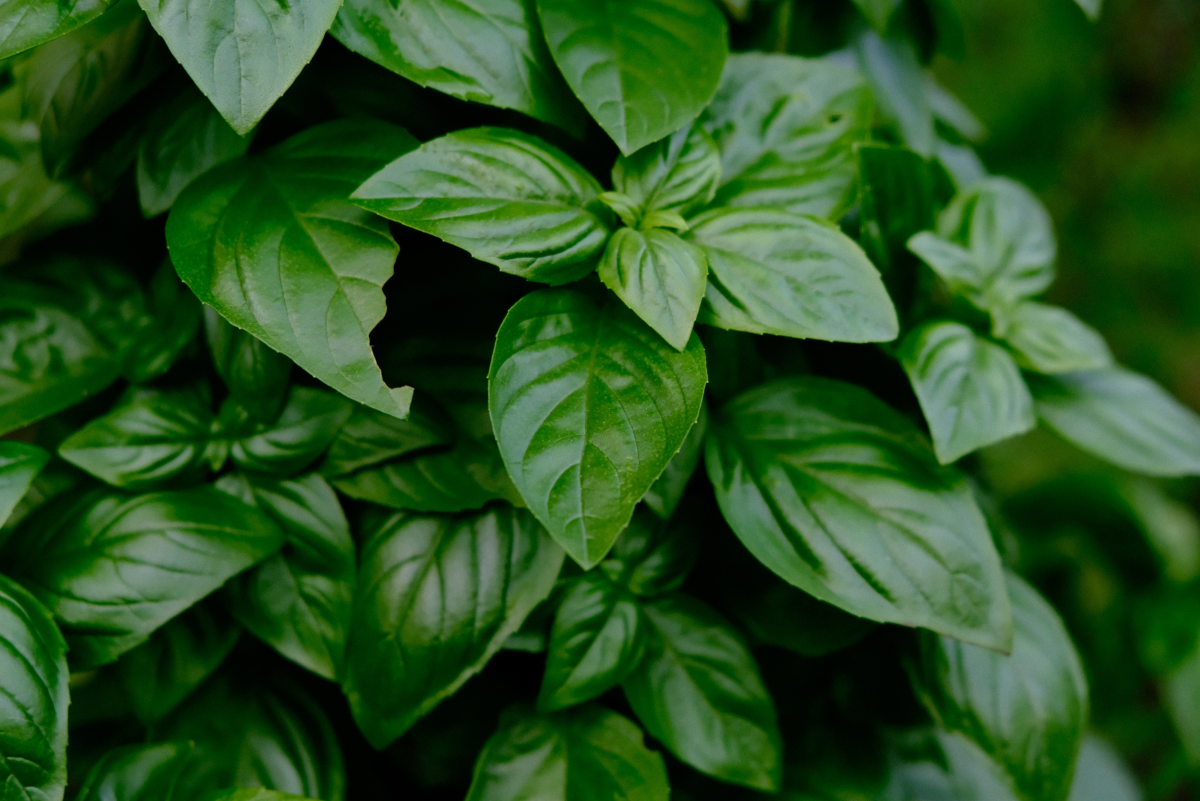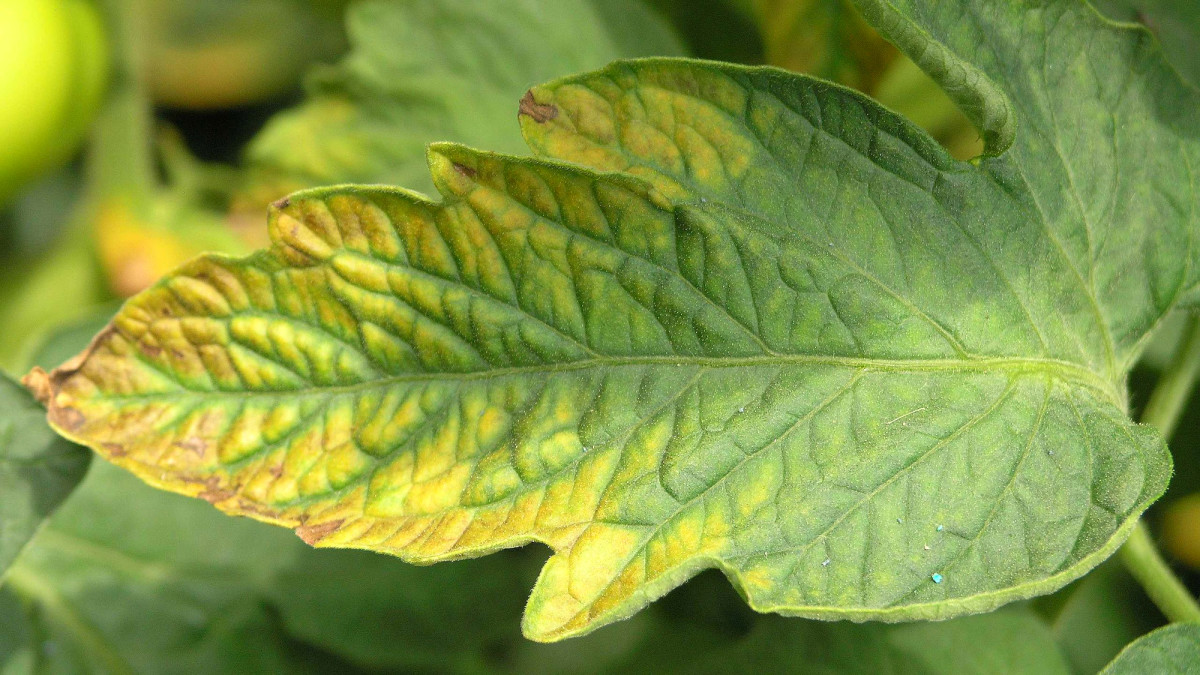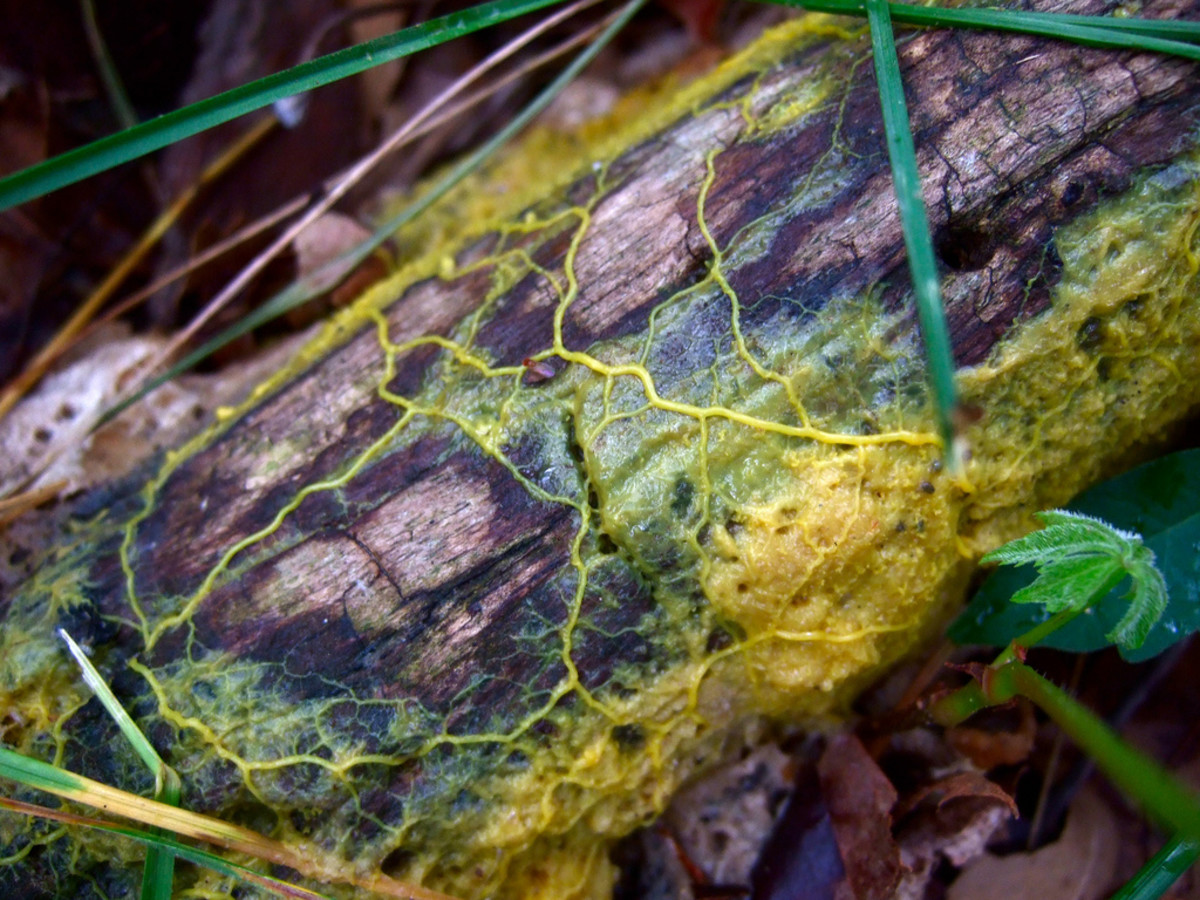How to Prevent Leggy Seedlings
Why Are Seedlings Leggy?
To get to the bottom of how to prevent leggy seedlings, let's first make sure you understand what leggy seedlings really are. In a natural growing environment, young seedlings tend to grow stocky and strong, not leggy. This is because the natural forces of nature help to produce plants that learn to withstand the elements they are subjected to.
Leggy seedlings are simply seedlings that are growing weak and tall, with a main stem that is too thin, and too few leaf shoots for the vertical space they are taking up. Really, what is happening is that the plant is reaching for more light to survive, indicating that conditions are not very good for proper growth.
In nature, new seedlings are subjected to such elements as rain, wind, and temperature variations. Also, when they do get light, it is an intense light from the sun. To prevent leggy seedlings when we grow plants from seed indoors, it is these things that must be taken into account.
Read on to see how to supply these forces of nature in your home environment for healthy seedlings that are not too scrawny.

How Much Light Do Seedlings Need?
The best way to really impact the growth habit of seedlings is by controlling the light source. Anyone wondering what causes leggy seedlings should first look here, as a poorly controlled light source is usually the primary culprit.
Seeds can be started and raised near any bright window, but this is a tricky spot for training plants to be strong and straight. A kitchen counter may have the same negative effect, as any light that is left on more than others can attract the plant and cause it to roam.
A better approach is to start plants under a grow light, with the light directly above the plants. By doing this the plants will grow nice and straight. At the same time, the light should remain very close to the plants, so that they don't stretch out to reach it. Keep these lights within an inch of the top leaves for best results.
A cold frame outdoors or greenhouse is another great option if you have the means. Here, the natural sunlight will also cause plants to grow straight, and because it is an intense light source, the seedlings won't go out of their way to reach up unnecessarily.
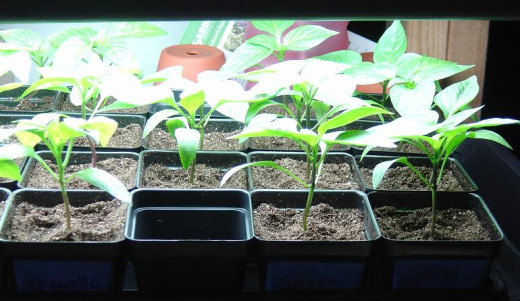
How Much to Water Seedlings
For new plants to grow well they need water, but how and when you water is what is key. In nature, rain falls in many forms, but a watering can douse plants with too much water all at once. This is not normal for plants, and it has devastating results for immature plants.
Make sure you water only when water is really needed. Seedlings watered too often find themselves subject to damping off disease, which can be fatal to the plant. Seedlings that are too dry may wither before you notice. Watering should be done when the soil begins to dry out a bit but before it is bone dry, and never so often that the soil is totally waterlogged. A cycle of water and a period of drying soil will make young plants stronger.
Perhaps as important as when to water is how to water seedlings. Anyone who has watched with delight as new seedlings begin to grow and then come along with a houseplant watering can to give them a drink may have been unpleasantly surprised to watch the seedlings get crushed by the flow of water.
The best way to water seedlings is from the bottom. Top watering not only increases the chances of soil-borne disease, it disturbs the tender plants considerably. Bottom watering is the way to go to allow the soil to slowly drink water to feed the plant's roots. You will be amazed at the difference.
To water from below, use containers that have holes in the bottom and simply place the containers in a bath, or another container with an inch or so of water, so that they can drink. Typically, a 15-20 minute long drink once or twice per week is more than enough when raising new plants from seed.
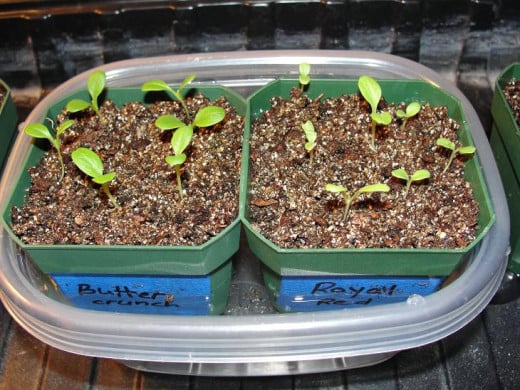
How To Grow Strong Seedlings
Replacing the effect of the wind is one of the best things that you can do to make the main stem of young plants strong. There are really two ways to do this, but using both at the same time may be even better.
You can run a fan in the seed-starting area to create a mild breeze. This allows the plants to feel that disturbance as they would in nature and causes them to grow a thicker main stem to resist. An oscillating fan is an even better choice, as it creates a more varied breeze.
Another method that is used by many gardeners is to simply brush their hand gently over the top leaves of the seedlings once per day as they grow. This simulates a breeze or even a critter walking by, and it has a significant effect on the strength of the plants. Since it only takes a minute to perform this daily task, this one is a must to prevent leggy seedlings.
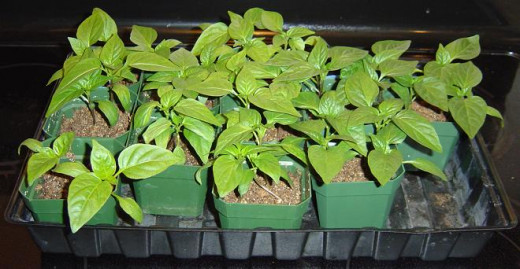
Proper Temperature for Seedlings
When you pick a spot for raising new plants from seed, consider the temperature. A sunny window on the main floor could be very hot in the sun - too hot for germinating seeds. Look at the seed packet to see what the optimal growing season is for the seedlings and try to offer that environment.
For many seeds, a cooler basement is a better choice. It may be even better if you can find a spot that is warmer during the day and cooler at night, though this may be difficult. Some seeds, like warm-season loving peppers and eggplant, prefer a nice warm spot.
Use a heat mat where needed to change the temperature. These simple additions can raise the soil temperature by enough to make warm-season crops take off, even in late winter in the basement. For other plants, a heat mat that is on a timer could raise the temperature during the day and then turn off, allowing a cooler night that is more like the real outdoors.
How to Get Strong Seedlings
If you follow these simple tips, your next set of seedlings are bound to be much stronger. Here's a quick review:
- use a light source you control placed directly above the seedlings
- water only from the bottom and only once the soil begins to dry out
- use a fan and/or rub your hand over seedlings often
- use bottom heat to make the day warmer and nights cooler
Now that you know how to prevent leggy seedlings and get them started off right, it's time to get planting.



